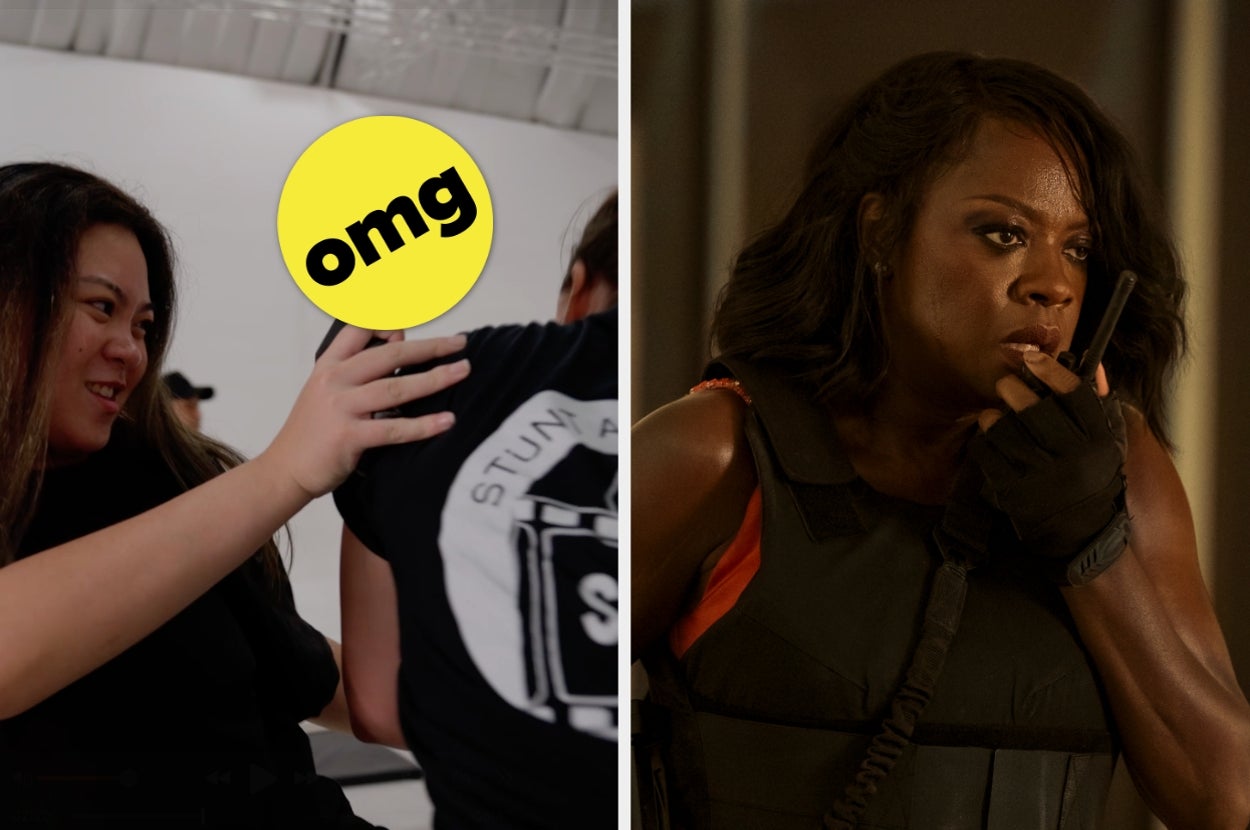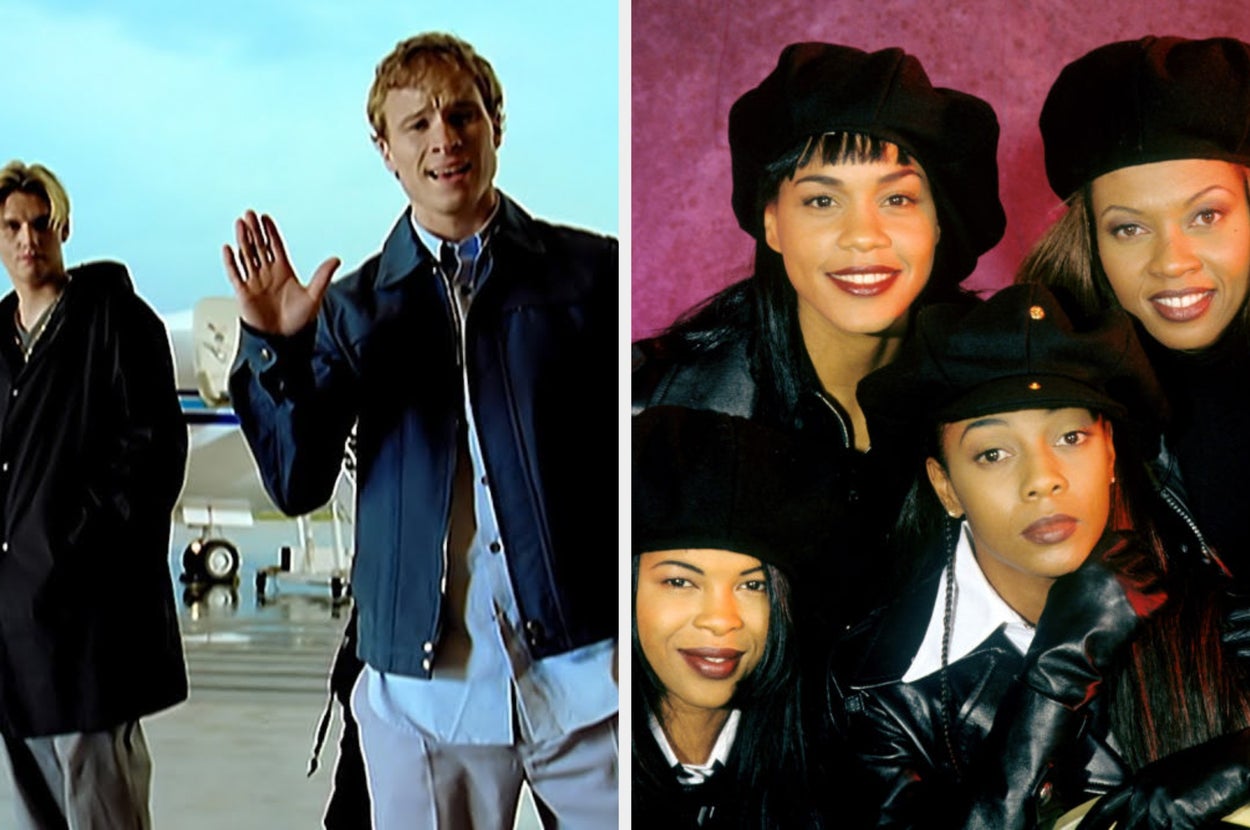This Is Everything They Don’t Tell You About Being A Movie Star

Warning: This article contains depictions of prop firearms and stunt violence performed on a controlled film set. These actions were performed under the supervision and guidance of professionals. Do not try this at home.
We’ve seen Viola Davis in many powerful roles from Annalise Keating in How To Get Away With Murder to The Woman King‘s Nansica. Now, she’s taking on the challenge as ~leader of the free world~ — President Danielle Sutton — in her latest film, G20.
In the world of remakes and reboots, G20 adds to the classic action movie genre and cements Davis’ status as an undeniable badass. You’ll see her engaging in hand-to-hand combat and gun fights — and that’s just in the trailer:
View this video on YouTube
Shooting the movie at 58-years-old, Davis stressed that she wanted to look like she could actually take the bad guys DOWN. Producer Julius Tennon shared more about the “intense training” that Viola went through to prepare for the role — including boxing and multiple martial arts.
View this video on YouTube
To see if I could possess one minuscule fraction of Viola Davis’ unlimited aura, I volunteered myself for a stunt training day in celebration of the film’s launch.
Spoiler alert, I could never be her, BUT I did learn a lot about what it takes to be an actor — more specifically, AN ACTION STAR! Here’s what I picked up from my day on set:
1. First things first, doing fight scenes is like doing a choreographed dance!
2. The camera and your scene partner’s reaction creates a lot of the magic — especially as a newbie. Like this:
3. But they can only do so much if you’re not a great actor and forget the choreography.
4. Leading to my next point: the adrenaline of being in a fake ‘fight-or-flight’ scenario can sometimes lead you to forget your sequences — no matter how many times you run through it before the director yells “ACTION!”. Here you can see me stalling because I forget the steps:
5. “Slower is better”, according to the stunt coordinator on set.
Going slow allows the camera to capture big movements and reactions that can be sped up in post. You’ll also have more thinking time to get the choreography right! (I did not adopt this approach AHAHA).
6. No matter how you mess up, improvise and keep going until you hear “CUT!” — you might come up with something great.
7. Your face acting is just as important as your body language. Lock in and remember what the scene’s about, so you can put that expression on your face.
8. Creating the sense of urgency that a rescue operation would have in real life is not as easy on set, because the atmosphere is calculated and clinical.
There’s very little ambient noise to create the atmosphere of a scene. So, you’re moving through the sequence in silence — barring other actors and yourself saying your lines.
9. There’s a lot of red tape around the use of firearms or props that resemble firearms/weapons in film.
These vary from state to state in Australia and in some states you cannot use live rounds on film sets. During the stunt training day, we used wooden prop handguns.
10. You may have a height requirement in your dating life, but when it comes to acting, shorter feels like it’s better!
11. Knowing exactly where the props and safety mats are on set is just as important as memorising your choreo.
Walking through and blocking the scene before you actually start moving at a high pace is very important. You need to know where to run to and the potential hazards to avoid any injury or accidents on set. You might not notice ground level obstruction.
12. But still, you can be as careful as you want and you’ll still fall on your ass.
13. Your body is going hurt afterwards.
Doing the same thing on repeat and in explosive bursts pushes your body to limits you might not be used to. Fitness is very necessary.
14. Observe the proper way to hold and move with things in your hand.
15. There’s an art to falling down stairs!
During the training I asked the stunt team, “How do action stars fall down the stairs?”. They said “Over and over again, with a lot of bruises and maybe broken bones.”
16. Working on set might take away the illusion of watching your favourite action films.
Will I ever watch my favourite movies the same way ever again? Maybe not — I’ll be too busy thinking about how they choreographed the fight scenes.
17. And finally, the excitement and intensity of a day working on set will make you want to do it over and over again (and perhaps even consider a career change).
I don’t even want to begin to think about how many times Viola Davis practiced her G20 stunts…
Let’s just leave the acting to the actors.







